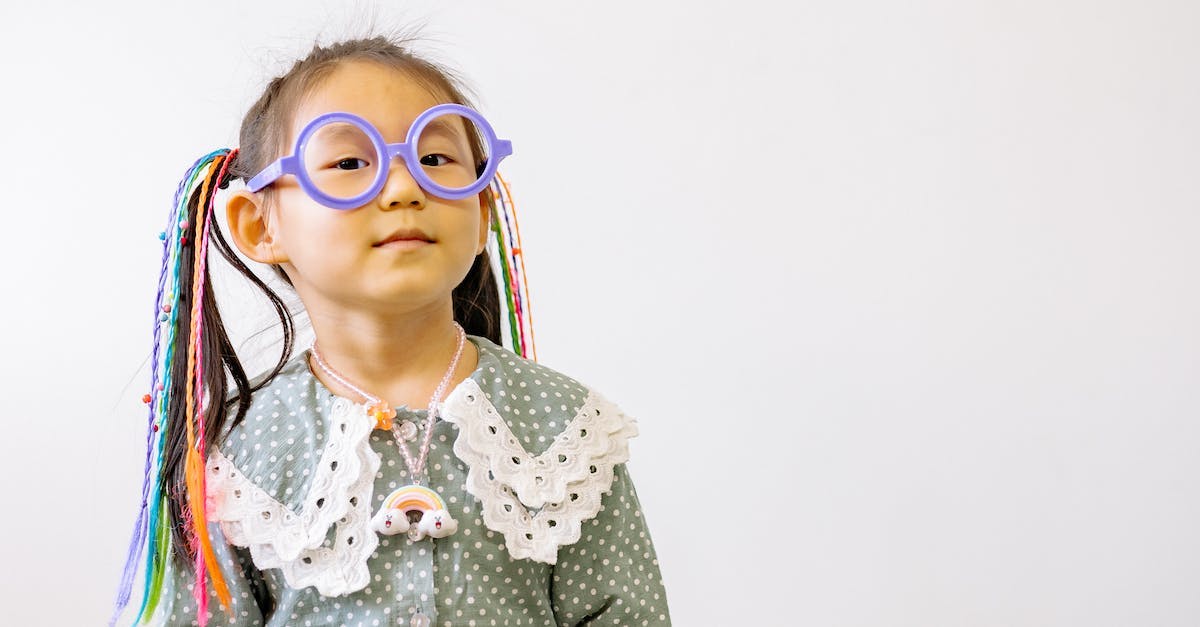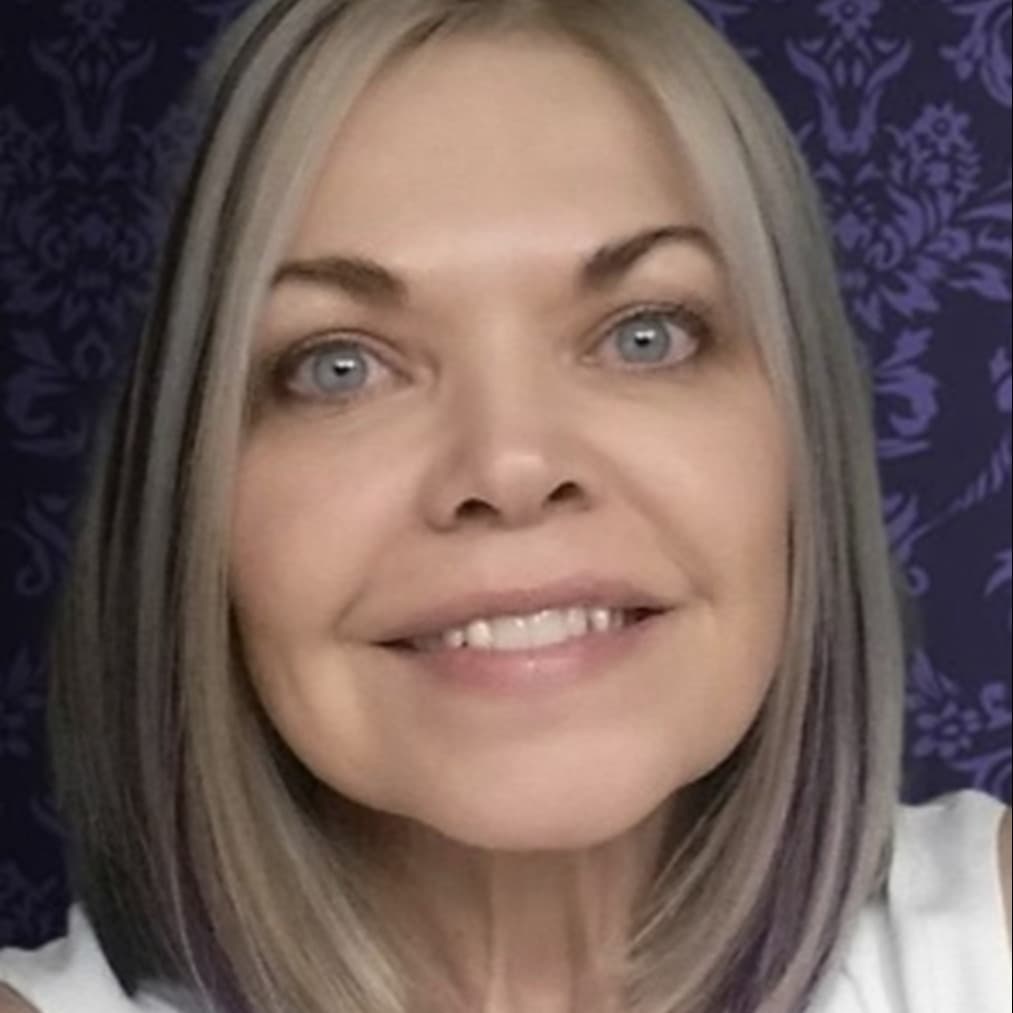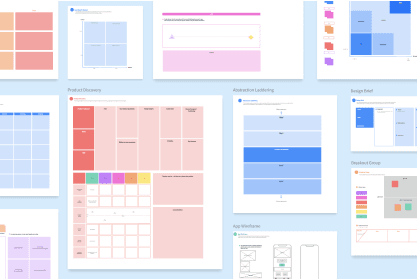Finding images sounds simple enough.
Type in a keyword. Scroll through the results.
But anyone who works with images for a living knows there’s much more to it than that. Finding the perfect image is a craft that requires both creativity and logic.
By combining technical skills and good research habits (science) with a practiced eye for recognizing quality imagery (art), you can find photos that capture attention and convey the right message.
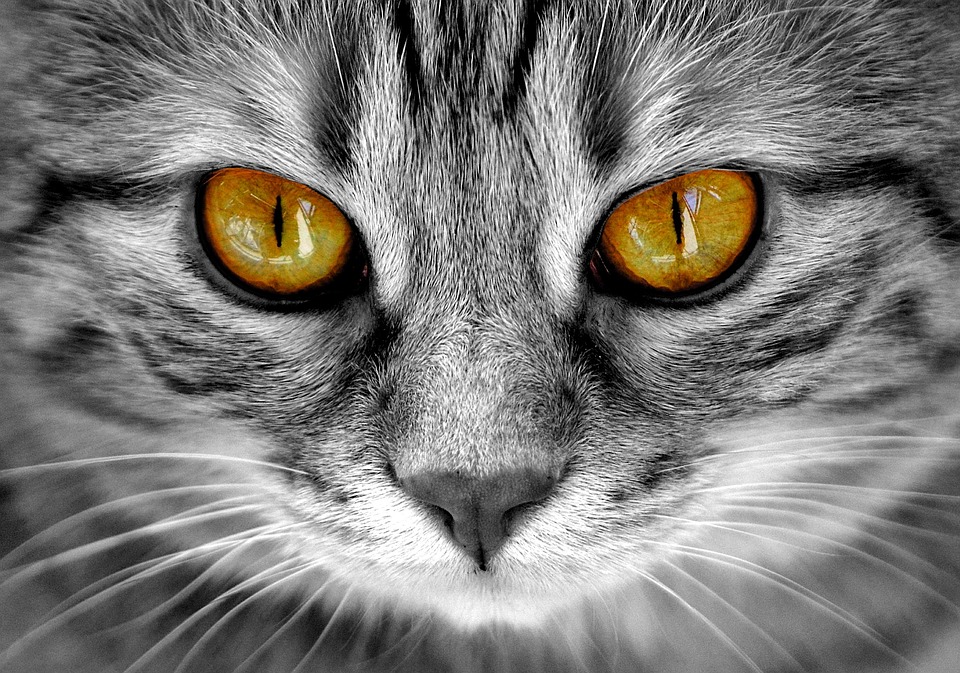
For people who are naturally creative, the art may come easier than the science, but let's take a look at both. We'll break down many of the factors at play when you search for and select images.
Consider it a refresher course—and a chance to learn new skills!
The art: What makes an image visually appealing?
If you’re the type of person who knows a great image when you see one but you can’t exactly describe why you like it or what you’re looking for, this section is for you.
What makes an image visually appealing? Several things, actually.
When you consider what the human eye recognizes in an image, you’ll start to see why people are drawn to certain images and unmoved by others.

Our brains tend to group parts of an image together. This helps with rapid-fire processing. But look closer at the visual elements of an image: elements like composition, lighting, contrast, and color.
Understanding how these elements interact will help you achieve a practiced eye and become more fluent in the language of visuals.
Composition. The way elements are arranged within the frame has a big impact on the overall appeal of an image.
A well-composed, well-balanced image should have a strong focal point, with other elements arranged in a way that leads the viewer's eye to that point.
Generally, a well-balanced image follows the rule of thirds. This rule suggests that an image should be divided into nine equal parts by two equally spaced horizontal lines and two equally spaced vertical lines. The focal point of the image should then be placed at one of the intersections of these lines.
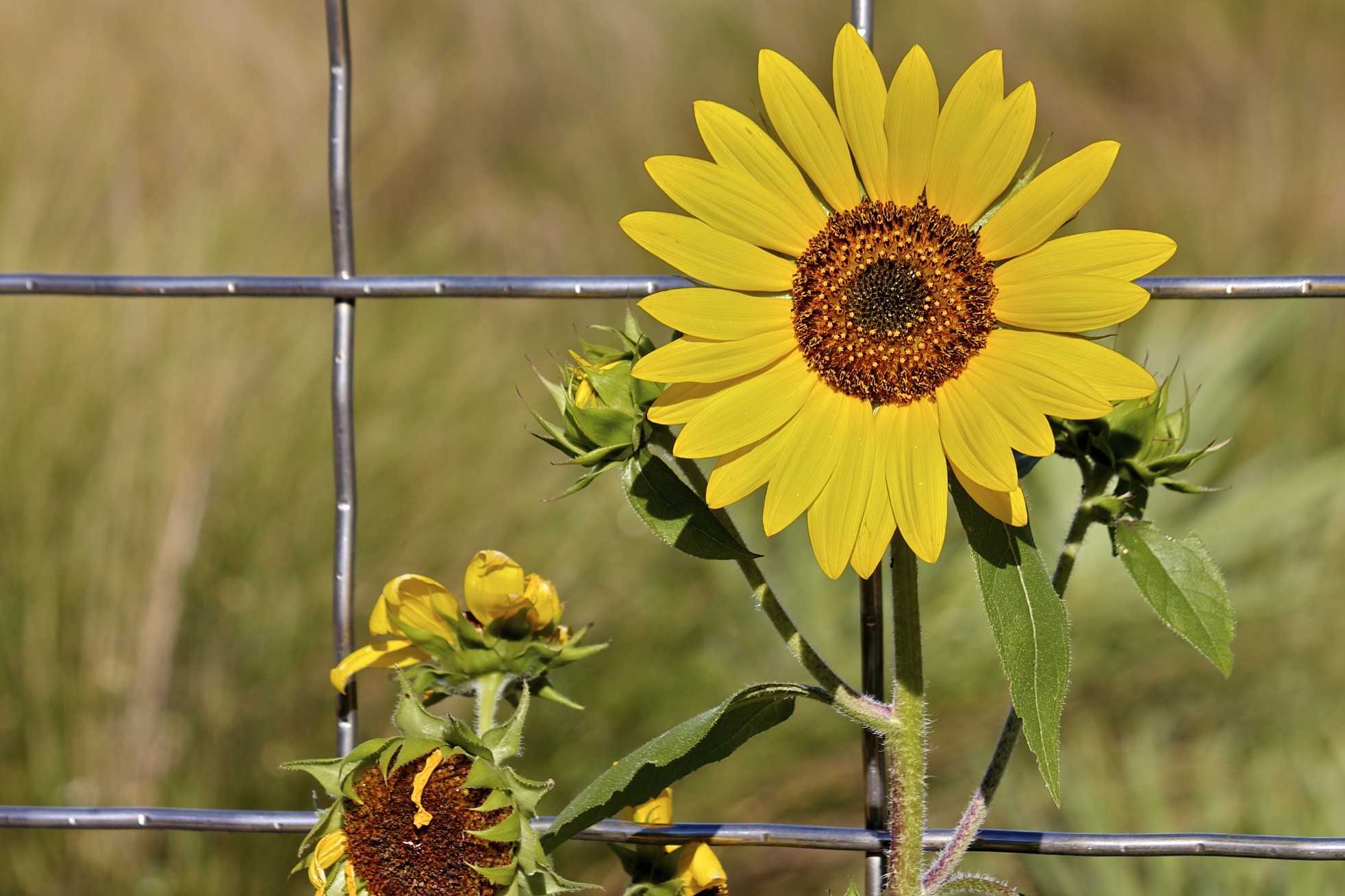
The rule of thirds helps photographers and designers create visually interesting and balanced images, as the eye tends to be drawn to the intersections of the lines rather than the center of the image.
While the rule of thirds is a useful guideline, it's not a hard and fast rule. There may be times when placing the subject in the center of the frame or breaking the rule of thirds in another way can create a more effective or striking composition.
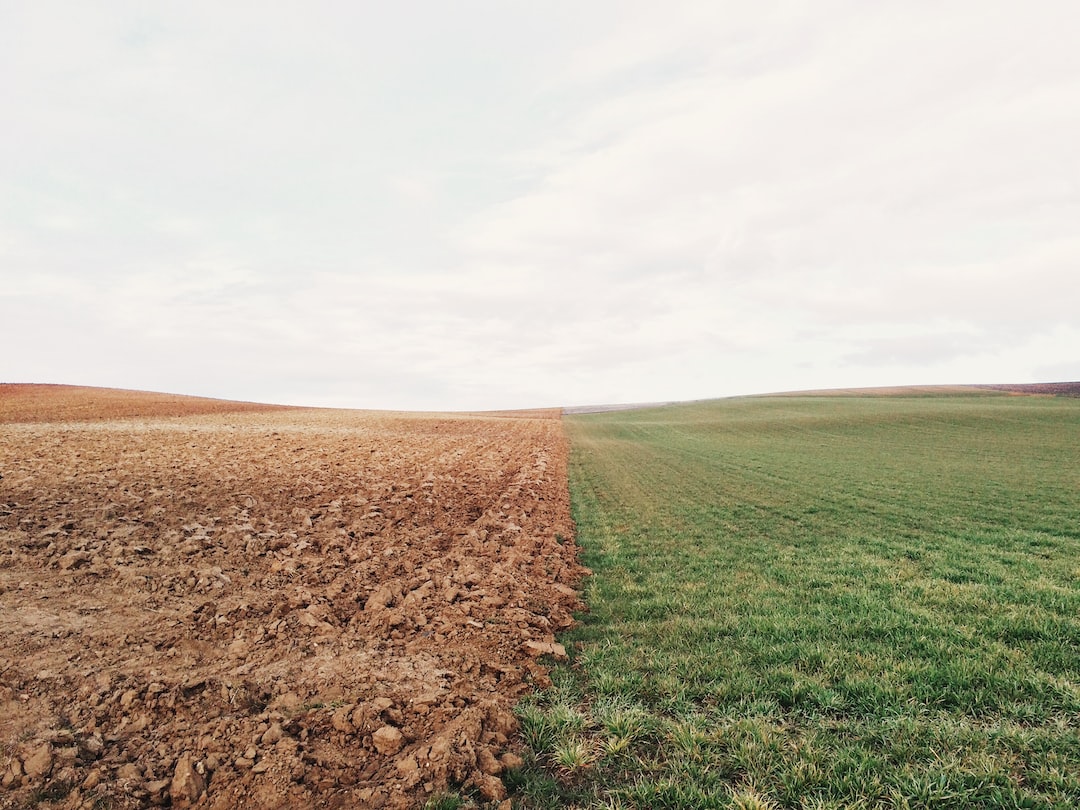
Lighting and contrast. The quality and direction of light dramatically affects the mood and visual impact of an image.
Soft, diffused light creates a gentle, dreamy feel, while harsh light creates strong shadows and contrast.
This contrast between light and dark areas of an image adds depth and dimension. Objects placed in the light will pop out while those in shadow will recede. This can create a 3D effect and help tell the eye where to focus.
Object texture is another way to play with light and contrast. The presence of texture within an image adds a tactile quality and makes the image feel more real and tangible.
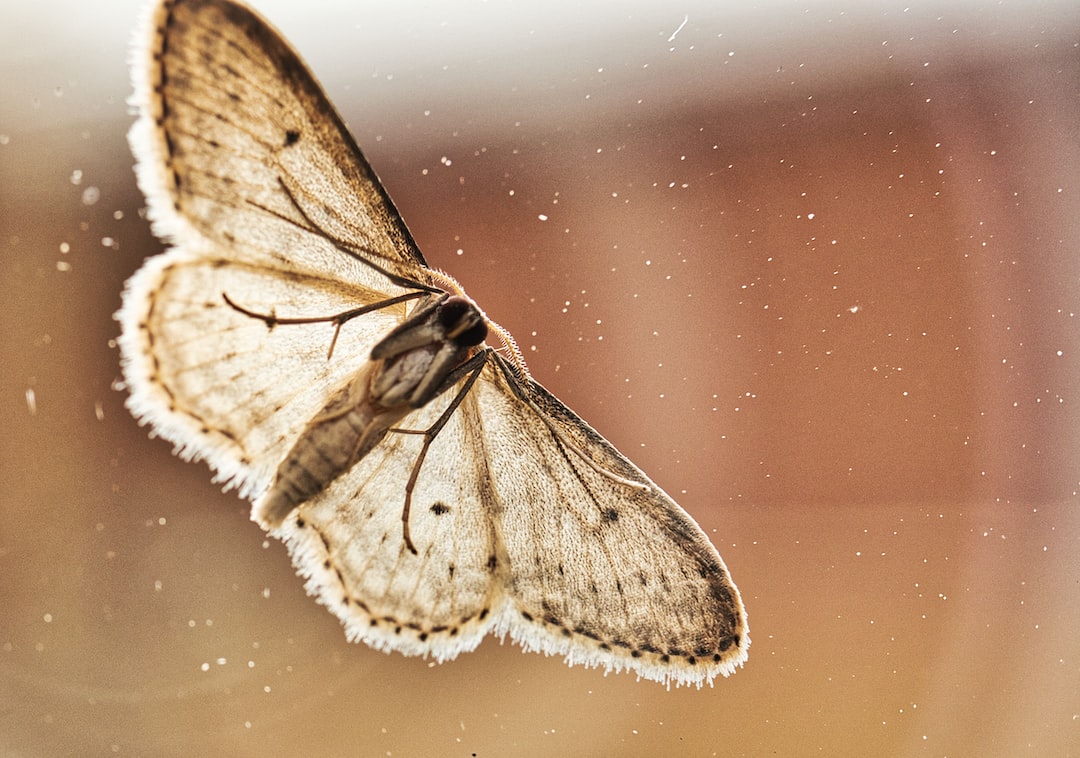
Color. The human eye is capable of distinguishing around a million colors. This vast color palette is key to adding visual interest and emotion to an image.
Bold, saturated colors create a sense of energy and excitement, while muted or de-saturated colors create a more subdued or nostalgic mood.
Color is so fundamentally important to us that we have an entire study of color called color theory. Color theory includes concepts such as color harmony and color temperature.
Color harmony is about color combinations. For example, complementary colors (colors opposite each other on the color wheel) create a strong visual contrast, while analogous colors (colors that are adjacent on the color wheel) create a harmonious and peaceful feel.
Color temperature refers to the perceived warmth or coolness of a color. Warm colors such as red, orange, and yellow tend to evoke feelings of energy, passion, and excitement. Cool colors such as blue, green, and purple tend to evoke feelings of calmness, serenity, and relaxation.
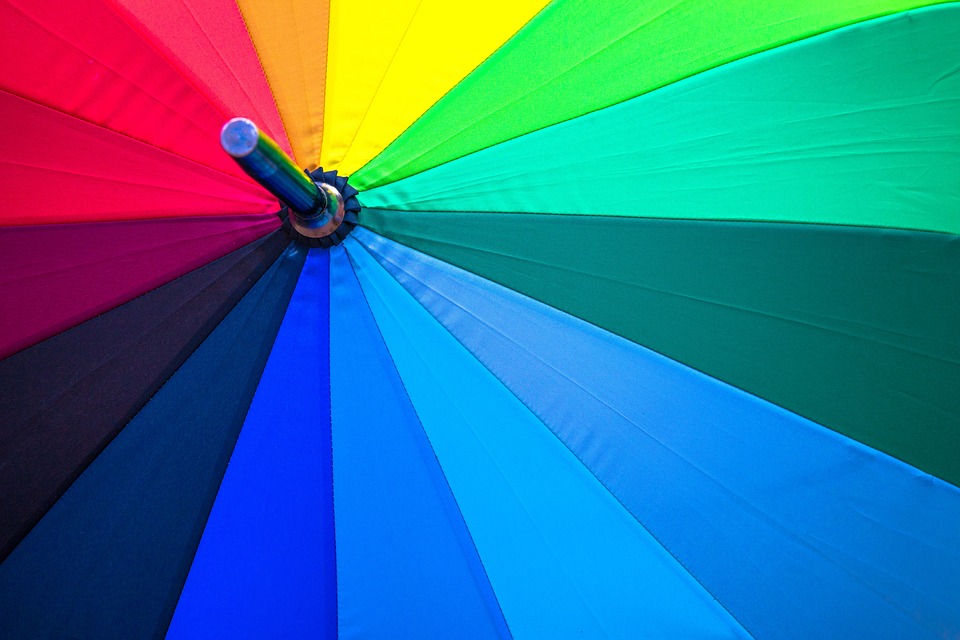
Of course, “what looks good” is also subjective. Every person has different preferences and tastes. But, by recognizing the visual elements at play in an image and understanding what generally appeals to people, you’ll master the art of finding great images in no time!
The science: Searching for beauty with keywords and logic
If you’re a creative person, you may be thinking, “Oh geez, here comes the boring part.”
True, search logic won’t stimulate the emotional and imaginative parts of your brain in the same way that composition and color theory do. But because image search engines and algorithms are essentially the gatekeepers of the world’s content, you need a few technical tricks up your sleeve.
You might even find there's an art to searching, just like there’s an art to selecting great images. With some basic skills under your belt and a better understanding of how image search engines work, you’re free to experiment with search tactics and let your creative side drive.
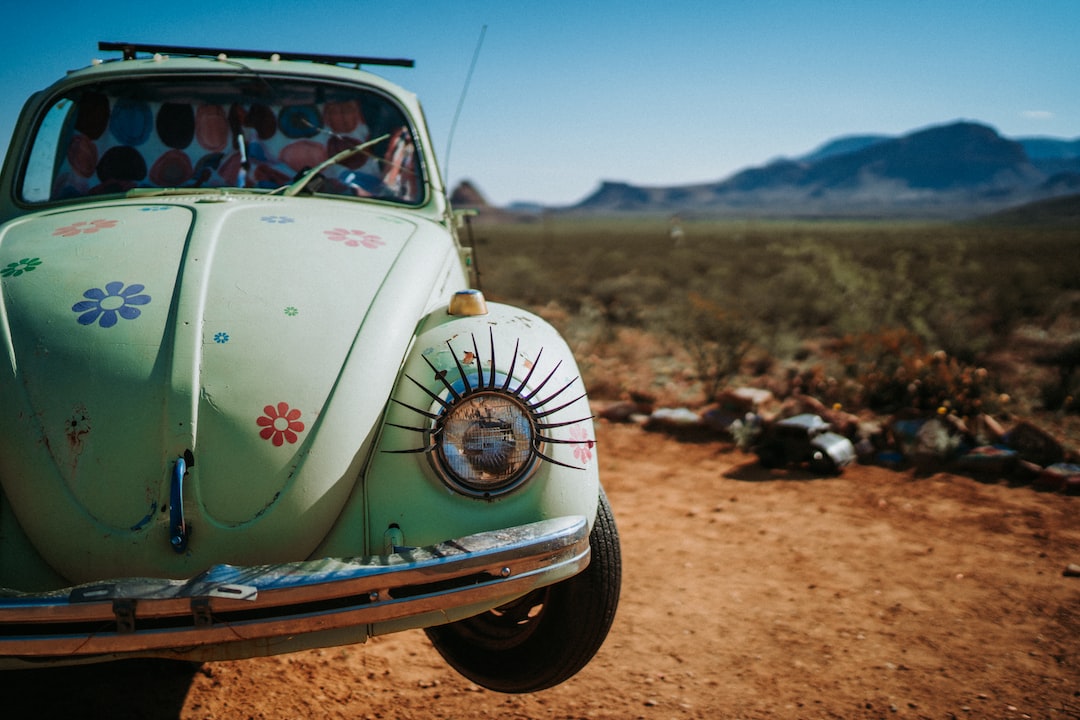
Ok, let's go! To get the best results when you search, there are several things you can do:
Be specific. Start with a clear idea of what you're looking for. Take some time to think about the type of image you need and what message you want to convey.
It's easy to find images of people or nature, but what exactly are you trying to communicate with your image? Consider things like:
Object: Who or what do you want in your image?
Action: What do you want to be happening in your image?
Emotion: What emotion do you want to evoke?
You don’t have to answer all of these questions upfront. Start with one. If you know you want a landscape, for example, narrow it down to something specific, like "coast” or “Rocky Mountains.”
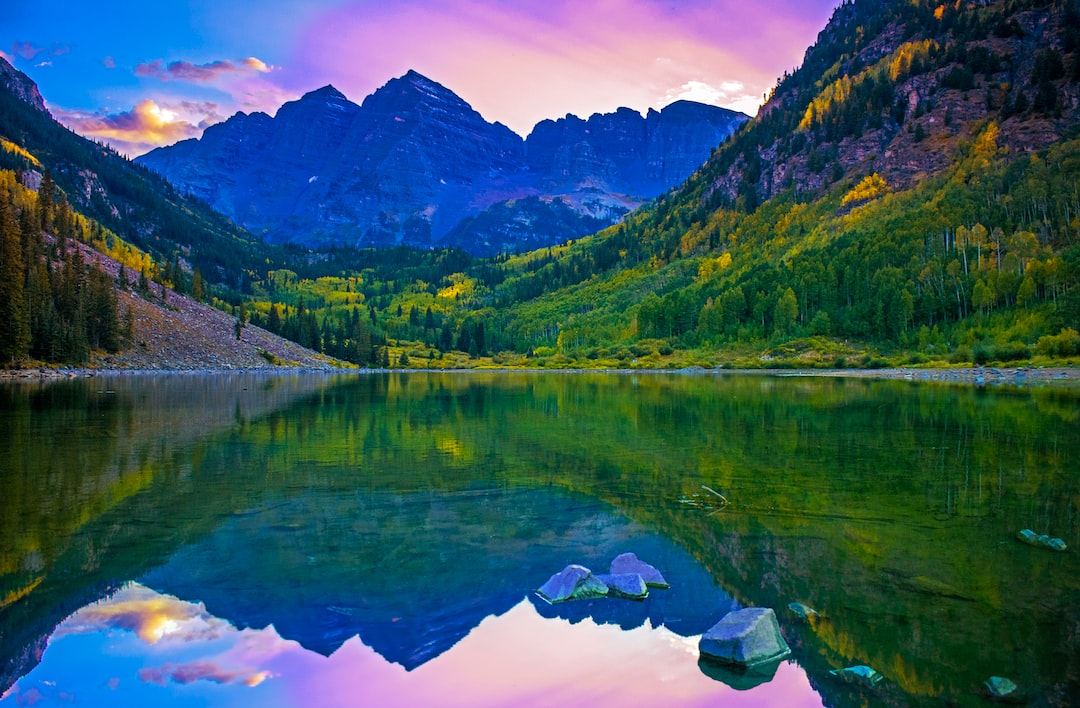
Or, if you know what emotion you're looking for, you can use that as your keyword. Try "joyful” or “bored,” for example.
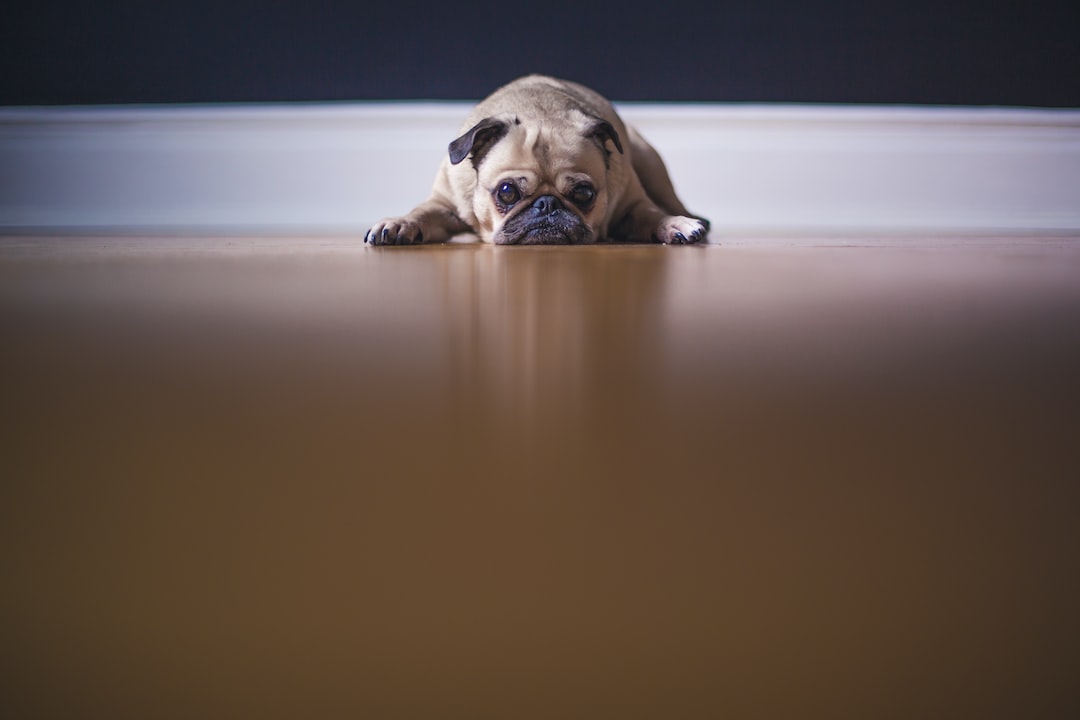
Also, think about ways to convey your message through metaphors and symbolism. If you’re creating content about taking risks in business, you might look for images of extreme sports—something more striking and memorable than a literal example.
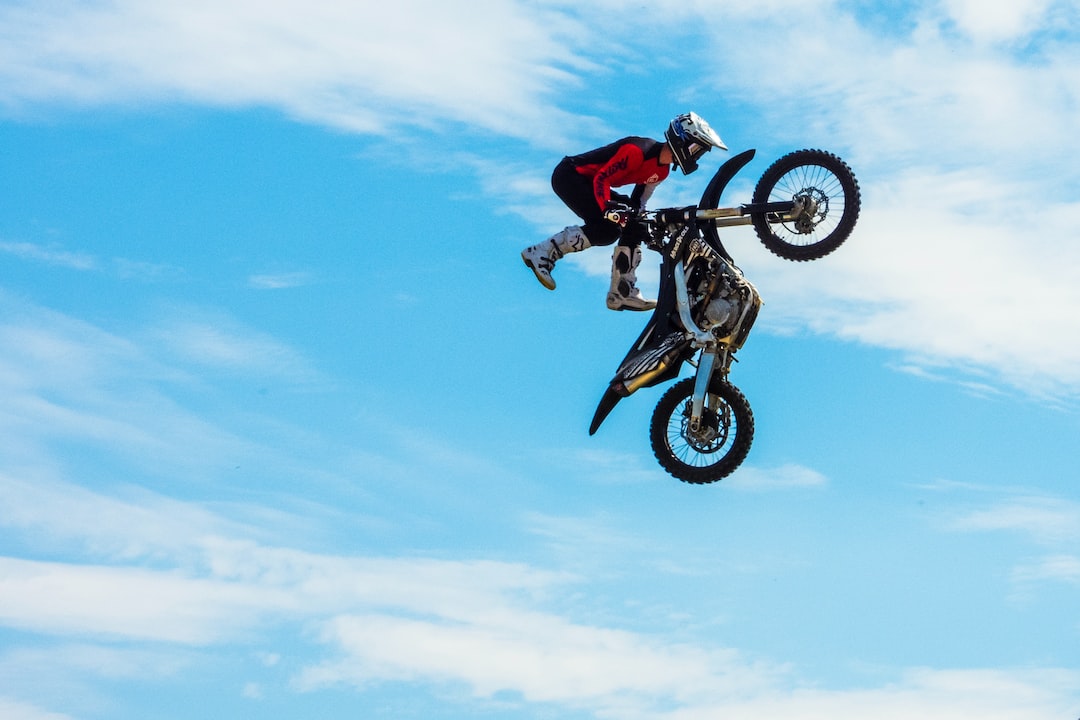
Diversify your search. Don't limit yourself to just one search engine or image site. Different algorithms and image collections will deliver different results, so you’ll want to check out several sources before landing on “the one.”
Check out our list of the best image search engines to find great photography.
Use advanced search features. Most search engines and image sites offer filters and suggestions to help you narrow your results. Many also offer advanced filters that allow you to refine by criteria such as license type, orientation, mood, number of people, style, composition, and more.
Using these filters can help you find exactly what you’re looking for and avoid cluttering your results with images that don’t fit your requirements.
Want to refine your search even further? Here are some helpful shortcuts to try:
OR. Separate your search terms by OR, and you'll get results that match any of the terms in your query: “dog OR cat,” for example.
AND. Separate your search terms by AND, and you’ll get results that match all of the terms in your query: "cat AND bed,” for example.
Minus sign. Use the minus sign (-) before a search term to exclude it from your results: “pet -dog,” for example.

Ready for more? Get extra search tips here, including how to search more than one image search engine at once and how to search personal and shared libraries for images.
Combine creativity and logic for killer results
Like anything that’s both an art and a science, you'll need to employ your whole brain to find the perfect image. Hopefully, the techniques and examples provided here will help sharpen your skills and save you time. Happy searching!
